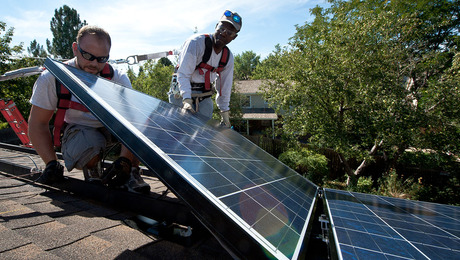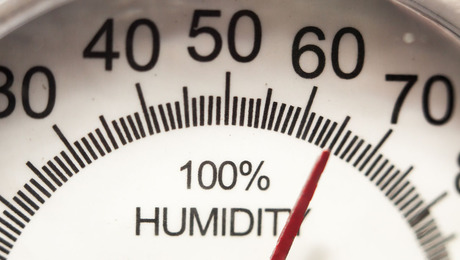
Duct sealing experts Eric Wilder and Will D’Arrigo explain how to seal leaks in duct seams and how to conduct a duct leakage test.
(Recorded at the demonstration stage at NESEA‘s Building Energy 13 conference in Boston on March 6, 2013)
More at GreenBuildingAdvisor.com
Sealing Ducts: What’s Better, Tape or Mastic?
How to Track Down Leaks in Forced-Air Ductwork
Pinpointing Leaks With a Fog Machine
Fine Homebuilding: Testing and Sealing Ductwork
Among the questions answered in this video:
Are any tapes durable enough for duct sealing?
When should I use mastic, and when should I use tape?
What kind of mastic should I use?
When should mastic be applied with a paint brush, and when should it be applied with a trowel?
Are there any changes to code requirements for duct sealing on the horizon?
Can I use a fog machine for duct leakage testing?
Are ducts tested at 25 pascals or 50 pascals?
Once you’ve seen duct sealing in action, and you’ve heard some of your questions answered by these two experts, you’ll have the confidence to tackle duct sealing at your next job site.
Watch more videos from NESEA’s 2013 Building Energy conference.






















View Comments
After sealing the duct work with the mastic. Should I insulate the duct work, if so which insulation is better, the blanket with silver foil covering or ridged insulation. I think I'm loosing cooling air into the basement. When the air conditioner is on it feels much cooler in the basement than it should. We only use the duct work for cooling, as we have radiant heat in the floors.
Thanks
Greg003